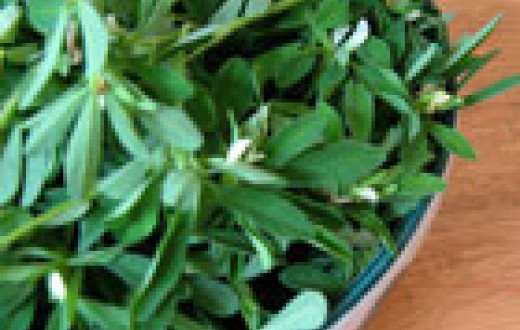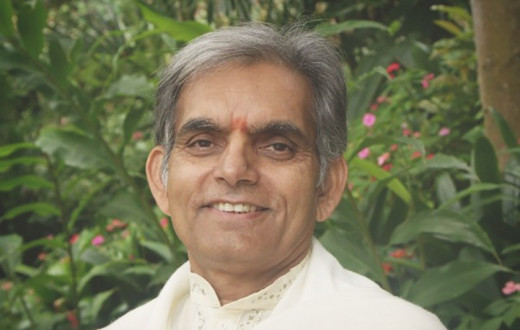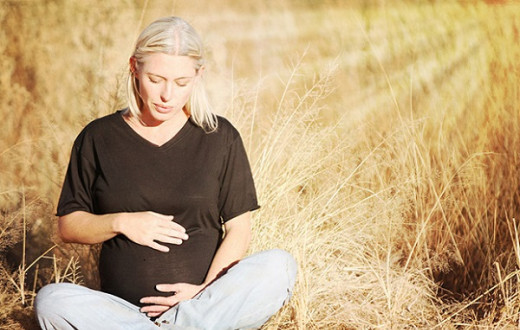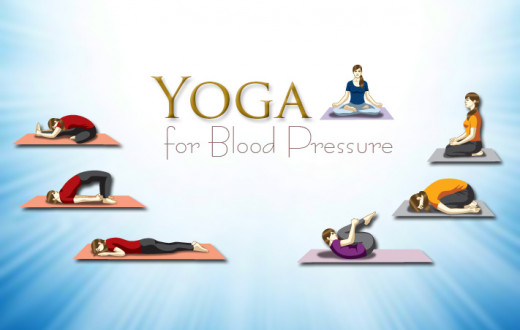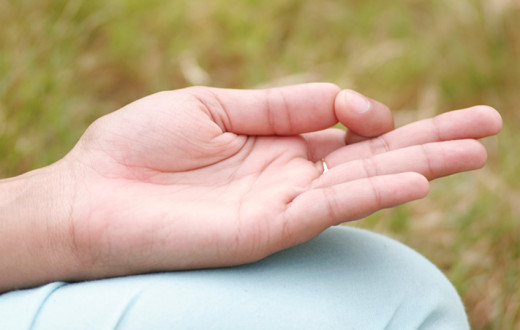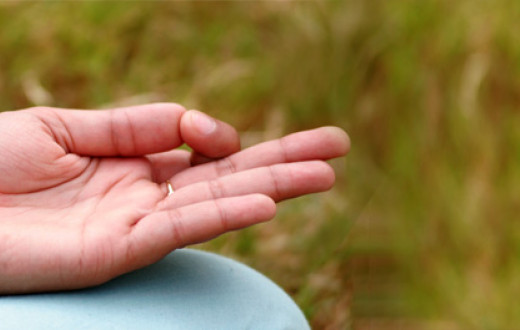By Shalini Parekh┃Posted: February 14, 2019
“No mud. No lotus”. Zen Master Thich Nhat Hanh drew this metaphor from yogic texts. The lotus flower grows only in muddy, murky water. When it transcends these bleak and ugly conditions, it blossoms into one of the most beautiful flowers in the world. Just like the lotus, we have the opportunity to embrace our moments of darkness as a gift, and transform ourselves with the right tools. Our darkest moments also help us find deeper sensitivity and compassion. Life throws roadblocks, but what challenges us more is our own mind. The “winter of despair”, as coined by Shakespeare, surely brings the hopeful blooms of spring. Life gets murky, but reconnecting with yourself is the greatest gift.
Let’s get the muddy part out of the way--even better, try to embrace it. Anxiety disorders and depression tend to run hand in hand. Nearly one-half of those diagnosed with depression are also diagnosed with an anxiety disorder, according to the Anxiety and Depression Association of America.
Winter blues, or depression in the winter months, is also more rampant in the northern hemisphere. In Chicago, we just said goodbye to the coldest day in half a century. SAD, or Seasonal Affective Disorder, occurs when sunlight hides away in the winter weather.
As easy as it is to blame the weather for your mood, dig deeper and examine your energy levels: in reality, low energy levels, or low prana, may be the primary source of your angst.
Depression and young adults
According to world-renowned spiritual leader Gurudev Sri Sri Ravi Shankar, “Lack of idealism is the main cause of depression among young people today. Life appears to be so meaningless to these children, who are either too scared of the competitive world or bogged down by too much stimulation. They need inspiration, and spirituality is that inspiration. Depression sets in if there is a lack of zeal to fight. Aggression is the antidote to depression. Depression is lack of energy; anger and aggression are bolts of energy.” Increasing rates of violence in our society are also a sign of increasing depression.
Depression amongst the elderly
Sickness or a traumatic life event may play a part, but a lack of community and close connections is a more widespread cause of depression in the elderly. Poor health and lack of vitality are assumed to be unavoidable among seniors. However, becoming aware of any of the tools to increase our life force can significantly increase our levels of prana, and thereby decrease depression.
Depression in the workplace
A stressful work environment, constant deadlines, and high pressure functioning over an extended period of time can also cause anxiety and depression. Add to that the constant engagement with technology, and these factors end up compromising the nervous system.
The central question then is as such: how do we increase our life force, energy levels, or vitality?
Once we understand the muddy landscape, we are able to take care of our inner blossoming. There are four sources of energy that are available to us—food, sleep, breath and meditation.
Known sources of energy: food and sleep
We understand the impact of food and sleep on our energy levels. A poor cycle of eating can dramatically lower our prana. Besides, a hungry stomach cannot really handle much or be resilient in the face of life’s challenges. Sleep is also an essential requirement to keep us functioning at optimum levels. Deprivation of sleep cannot just lower our energy levels, but has also been linked to depression amongst teenagers and adults.
Lesser-known sources of energy: breath and meditation
Science is just beginning to understand the importance of breath and meditation on our energy levels. Pranayama, or conscious breathing, is a part of yoga that is now being embraced by science in the treatment of anxiety-related disorders like panic attacks and eating disorders.
The universal wisdom of Yoga and Ayurveda is being recognized by modern science. Nadi Shodhan (which has recently been marketed as cardiac coherence breathing by some promoters) is a very calming and centering breathing technique. Sudarshan Kriya is a dynamic breathing technique that consists of a perfect rhythm that incorporates ancient breathing techniques in a dynamic pattern.
The fourth source of energy is meditation. This is really where the lotus fully blooms! Meditators find that the murky mind, muddied and muddled by vacillations between the past and the future, blossoms with clarity and awareness in the stillness of meditation. The darkness of depression naturally lifts, and the delicate flower in your heart blooms and releases its fragrance. We find ourselves smiling more and dwelling in the fullness of the present moment!
The dance of energy
Finally, the fifth source of energy is taking a moment to dance! Albert Einstein pointed out, “We dance for laughter, we dance for tears, we dance for madness, we dance for fears, we dance for hopes, we dance for screams, we are the dancers, we create the dreams.” Very simply, dance and depression cannot coexist!
Guru Sri Sri Ravi Shankar says, “You are starving for a smile from yourself! Perhaps the only candle we need to light is for ourselves!” He points out that even a single lit candle can light others. Meditation is residing in your own heart, lighting a candle for yourself, and accepting and honoring your own friend request!
Shalini Parekh has taught yoga in the Chicago area for almost 20 years. She is dedicated to the yogic wisdom that is reflected in the intelligence of the body informed by the philosophy of yoga and its sister science of Ayurveda. She is also a journalist and writes about issues of identity, culture and politics -- and says she is only just beginning to notice the spaces one inhabits are a sum of many intangibles.







